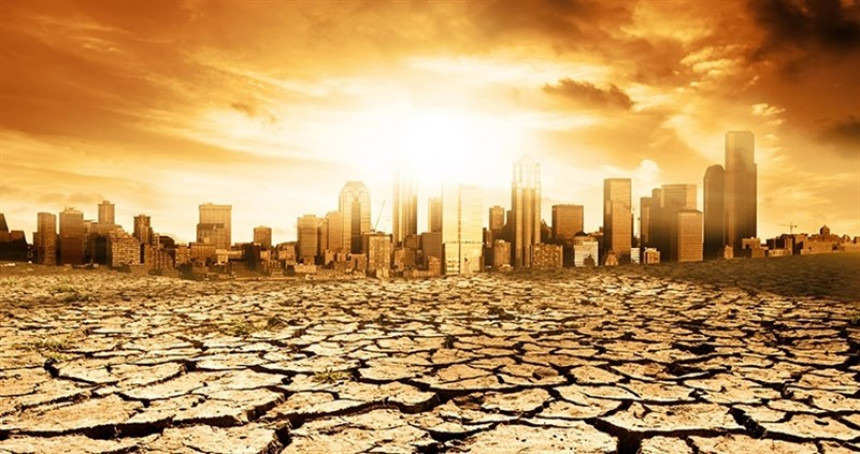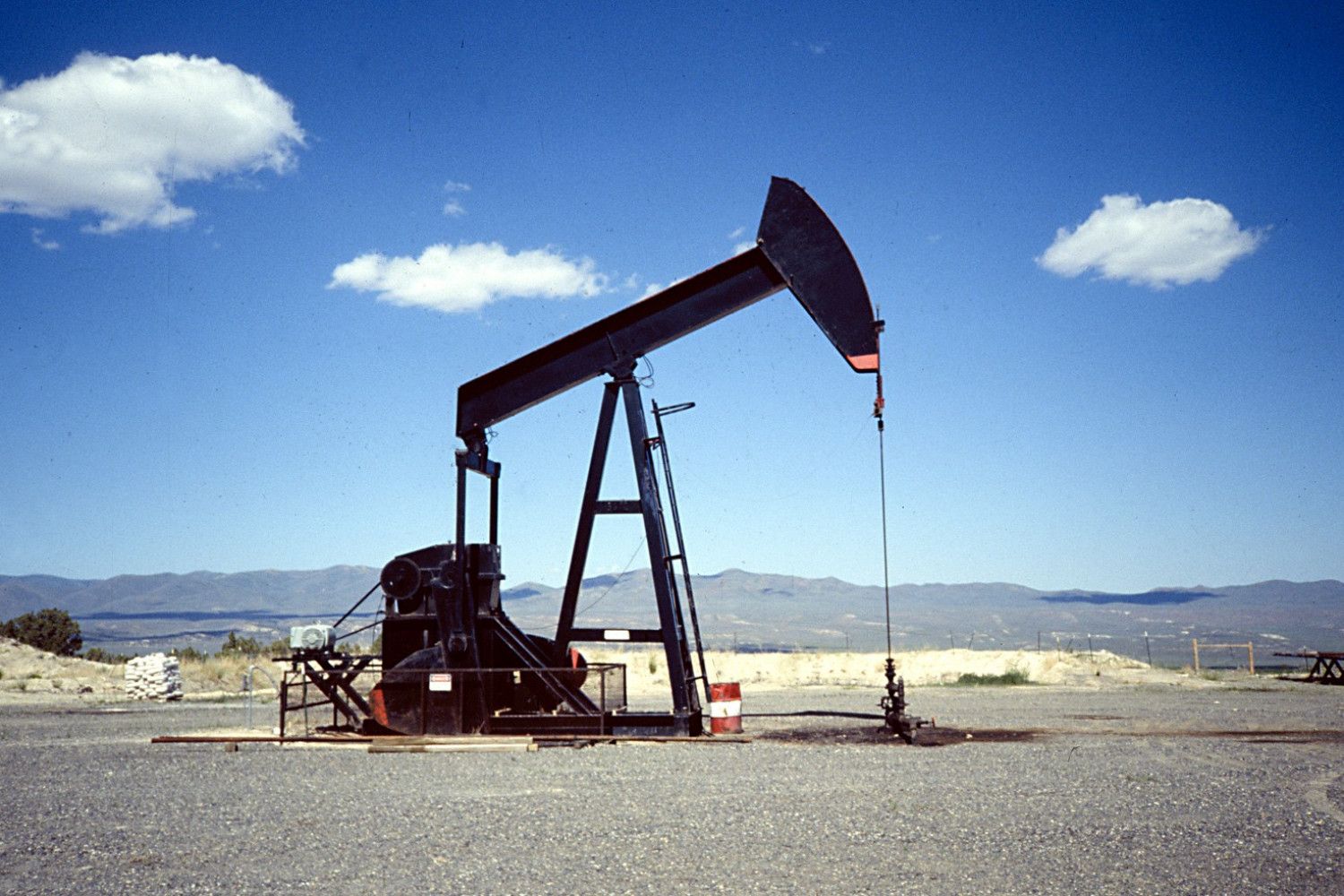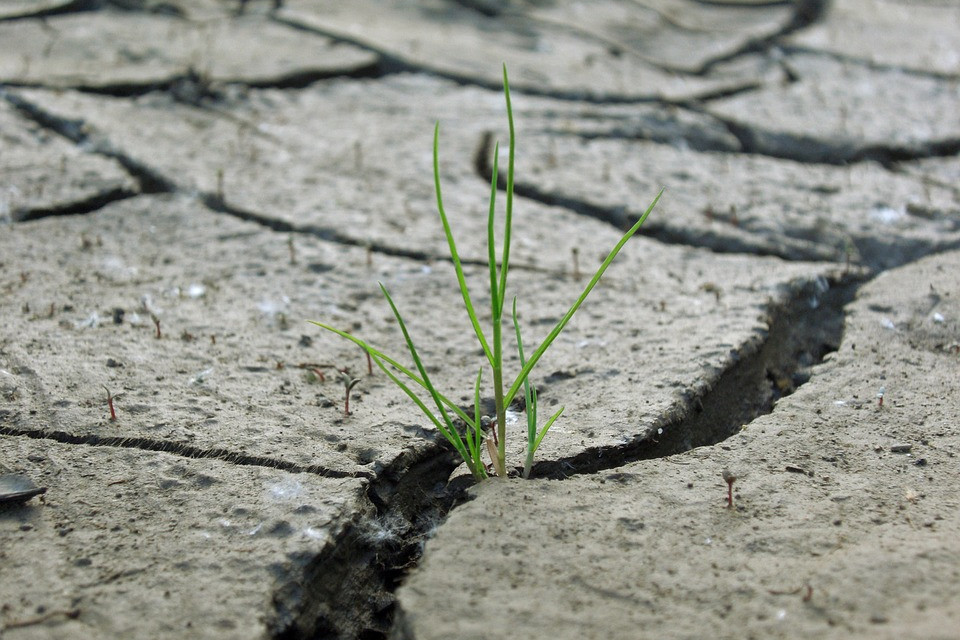
Drought is a natural hazard that affects more people around the world and also is one of the least understood. Indeed, according to data from the International Disaster Database of the Centre for Research on the Epidemiology of Disasters (CRED), drought generates a high cost in human lives, economic losses and social conflicts in virtually everywhere, effects that vary depending on the political, social, economic and development conditions that define the varying degrees of vulnerability of the affected territories. In Europe, the cost attributed to drought in economic terms in the last 30 years amounts to 100 thousand million Euros and in Spain, the last major drought of the early 1990s is estimated to have cost 1% of the country's GDP. But what do we mean by drought?
From a meteorological perspective, drought is a temporary anomaly in precipitation levels compared to levels considered normal in a given area over a longer or shorter period of time. These periods of reduced rainfall below levels considered normal can produce (or not) situations of insufficient water supply. This will depend primarily on the level of demand and the characteristics of the water systems management and operation. When this occurs, and the decline in rainfall is not limited simply to a decline of rainfall totals but rather affects the volume of water necessary for crop maintenance, drinking water output and conservation of wetland ecosystems, drought acquires an interest from the management point of view.
This situation, whose origin is in the cyclical decline in precipitation, is often confused with others such as aridity and scarcity, which in fact refer to different situations. A situation of aridity is a situation in which the permanent climatic conditions in a given area are characterized by a low rainfall records; would be the case, for example, of Almeria, where normal rainfall levels are around 250 mm / year. Moreover, shortages are situations where there is less water than necessary and may or may not have a climatic origin. It is therefore the anomalous and temporary nature of the drought that determines its ability to generate losses of stocks and to destabilize relations understood as "normal" between resource availability and water demands to meet various uses.
This common confusion can be explained in part because the reasons for the occurrence of a drought are complex, and because of this do not follow a logical linear path. On the contrary, the risk of drought is the result of the interaction between physical and human factors that are not yet well understood. On one hand, drought depends on the spatial and temporal distribution of rainfall, which is the result of a series of atmospheric and hydrological processes that feed on the moisture in the atmosphere and in which also other factors such as location or geography, or geology and vegetation, which determine the capacity of water retention, infiltration, runoff, evapo-transpiration, and so on.







